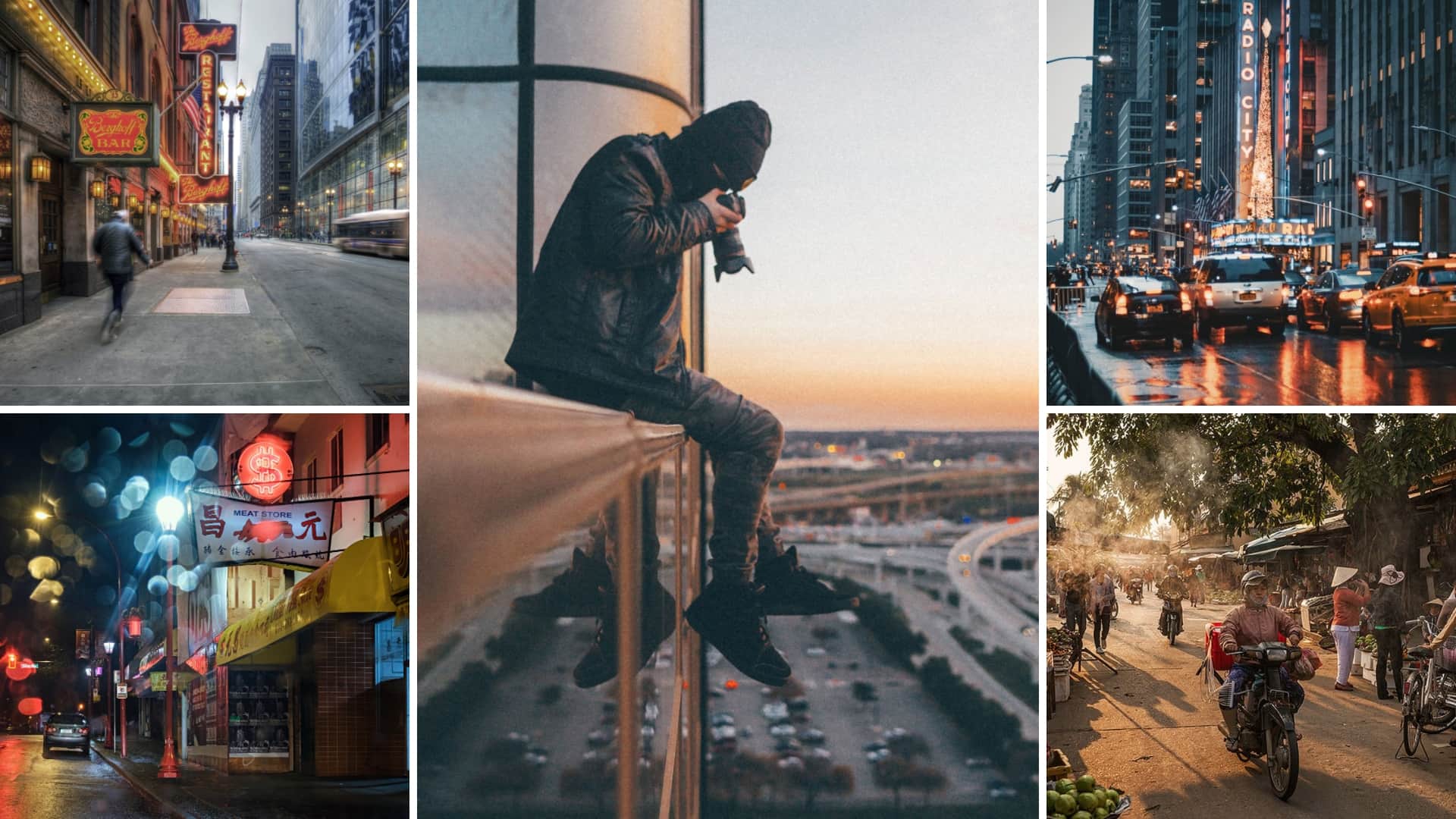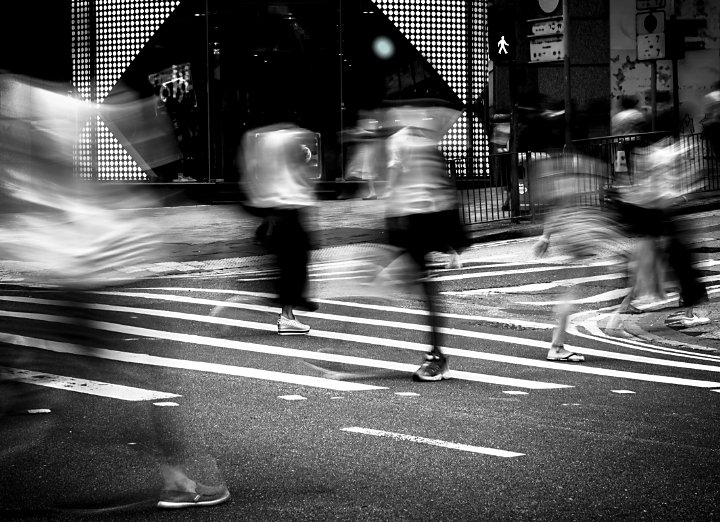Framing Streets Fundamentals Explained
Wiki Article
The Basic Principles Of Framing Streets
Table of Contents9 Simple Techniques For Framing StreetsSome Ideas on Framing Streets You Should KnowExcitement About Framing StreetsFraming Streets Things To Know Before You Get ThisAbout Framing StreetsGetting My Framing Streets To Work
Digital photography category "Crufts Pet dog Show 1968" by Tony Ray-Jones Road digital photography (likewise often called candid photography) is digital photography carried out for art or inquiry that includes unmediated possibility experiences and random cases within public locations, usually with the goal of capturing photos at a decisive or emotional minute by mindful framing and timing. 
The Main Principles Of Framing Streets
Susan Sontag, 1977 Road digital photography can concentrate on people and their behavior in public. In this regard, the street digital photographer resembles social documentary digital photographers or photographers that additionally work in public areas, but with the objective of recording relevant occasions. Any of these digital photographers' pictures might record individuals and residential property visible within or from public locations, which commonly entails navigating ethical problems and legislations of privacy, safety, and residential property.Depictions of day-to-day public life develop a genre in almost every period of world art, beginning in the pre-historic, Sumerian, Egyptian and very early Buddhist art durations. Art taking care of the life of the road, whether within views of cityscapes, or as the leading motif, appears in the West in the canon of the North Renaissance, Baroque, Rococo, of Romanticism, Realistic look, Impressionism and Post-Impressionism.
Our Framing Streets Ideas
Louis Daguerre: "Boulevard du Temple" (1838 or 1839) In 1838 or 1839 the initial picture of numbers in the road was taped by Louis-Jacques-Mand Daguerre in one of a set of daguerreotype views drawn from his workshop home window of the Boulevard du Temple in Paris. The second, made at the height of the day, shows an unpopulated stretch of road, while the various other was taken at concerning 8:00 am, and as Beaumont Newhall reports, "The Blvd, so regularly filled up with a moving throng of pedestrians and carriages was perfectly singular, except an individual that was having his boots combed.As a result his boots and legs were look here well defined, but he is without body or head, due to the fact that these were in movement." Charles Ngre, waterseller Charles Ngre. https://allmyfaves.com/framingstreets1?tab=Framing%20Streets was the initial professional photographer to achieve the technological refinement needed to register individuals in activity on the road in Paris in 1851. Digital Photographer John Thomson, a Scotsman functioning with journalist and social lobbyist Adolphe Smith, released Street Life in London in twelve monthly installments starting in February 1877
More About Framing Streets
Eugene Atget is considered a progenitor, not because he was the very first of his kind, but as an outcome of the popularisation in the late 1920s of his document of Parisian streets by Berenice Abbott, that was motivated to embark on a comparable documents of New york city City. [] As the city established, Atget assisted to promote Parisian roads as a worthwhile topic for photography.
The Main Principles Of Framing Streets
Between 1946 and 1957 Le Groupe des XV each year exhibited job of this kind. Andre Kertesz. Circus, Budapest, 19 May 1920 Road digital photography developed the significant web content of two exhibitions at the Museum of Modern Art (Mo, MA) in New York curated by Edward Steichen, 5 French Digital Photographers: Brassai; Cartier-Bresson, Doisneau, Ronis, Izis in 1951 to 1952, and Post-war European Digital Photography in 1953, which exported the idea of street photography worldwide.
Framing Streets Fundamentals Explained
, after that an instructor of young children, connected with Evans in 193839.'s 1958 book,, was substantial; raw and commonly out of focus, Frank's photos questioned conventional digital photography of the time, "challenged all the official guidelines laid down by Henri Cartier-Bresson and Walker Evans" and "flew in the face of the wholesome pictorialism and genuine photojournalism of American magazines like LIFE and Time".Report this wiki page